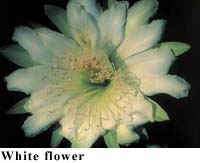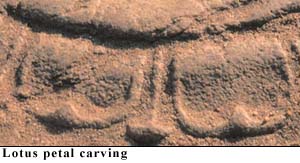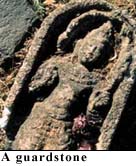 Ruined
legacy Ruined
legacy
By Charith Pelpola
"Ordering by beat of drum that no animals should be killed within
a radius of seven gau from the city, the King gave security to animals.
He gave security also to the fish in the twelve great tanks and bestowing
on Kambodin gold and cloth and whatever other kind of wealth they wished,
he commanded them not to catch birds and so gave security to birds. "
- Royal decree of King Kirthi Nissanka Malla of Polonnaruwa, (12th
Century AD)
 Like
fallen rain, collecting and gathering in currents and eddies, and pools,
the ancient city of spirits, Polonnaruwa, was founded by a restless army
of conquerors. And as water settles in permanence and brings fertility
to the earth that consumes it, so civilization came to the city, gathering
and settling around the rich wetlands and waterways. Like
fallen rain, collecting and gathering in currents and eddies, and pools,
the ancient city of spirits, Polonnaruwa, was founded by a restless army
of conquerors. And as water settles in permanence and brings fertility
to the earth that consumes it, so civilization came to the city, gathering
and settling around the rich wetlands and waterways.
For 2000 years, from kings Vijayabahu, to Parakramabahu, to Nissanka
Malla, a new core of Buddhist teaching was realised; incorporating the
science of the environment with the philosophies of order, and cause and
effect. A science that preserved an age-old concept of wildlife conservation
in Sri Lanka.
 Today,
the legacy remains in these sentinel ruins. The shells of palaces and temples
give insight to their society. A world where natural elements were amalgamated
and absorbed, as easily as rain in the sculpted sandstone lotus petals
of regal moonstones and veheras. Today,
the legacy remains in these sentinel ruins. The shells of palaces and temples
give insight to their society. A world where natural elements were amalgamated
and absorbed, as easily as rain in the sculpted sandstone lotus petals
of regal moonstones and veheras.
Polonnaruwa has witnessed the reign of great kings, as the incessant
rains of centuries were harnessed and captured in ever greater irrigation
schemes - culminating in the vast inland sea of Parakrama Samudra. The
significance is, that after centuries of development, this sea is still
the lifeblood of Polonnaruwa. The farming communities that form a network
of villages and waterways around the city are still fed by the same ancient
channels and canals.
 But
deterioration in these networks, and a move towards modern, but detrimental
technology, has seen a near abandonment of the sage king's design. When
there's drought in the region, it has become almost acceptable for a certain
percentage of the crop to fail, as a result of the water shortage. As well
as a strain on agriculture, the dry conditions lead to declining standards
of health and hygiene in the community. But
deterioration in these networks, and a move towards modern, but detrimental
technology, has seen a near abandonment of the sage king's design. When
there's drought in the region, it has become almost acceptable for a certain
percentage of the crop to fail, as a result of the water shortage. As well
as a strain on agriculture, the dry conditions lead to declining standards
of health and hygiene in the community.
As eight centuries of development have passed - a blink in the eye of
Sri Lanka's history - we have changed the face of the nation. The accelerated
Mahaweli Development Scheme has outdone the work of ancient hydrology.
As if in tribute to the civilizations of Parakramabahu, modern Sri Lankans
are working to harness the waters again, to green the southern dry zone.
But in the rush to replenish, we have drowned the valleys and sequestered
forests, that take to their watery graves, secrets and legends and life.
The friezes and the frescoes on every worn surface of Polonnaruwa speak
silently of an apparently forgotten union with the environment. A time
when the forces of nature were first captured for the good of the people
without destroying the integrity of this sacred land.
|







